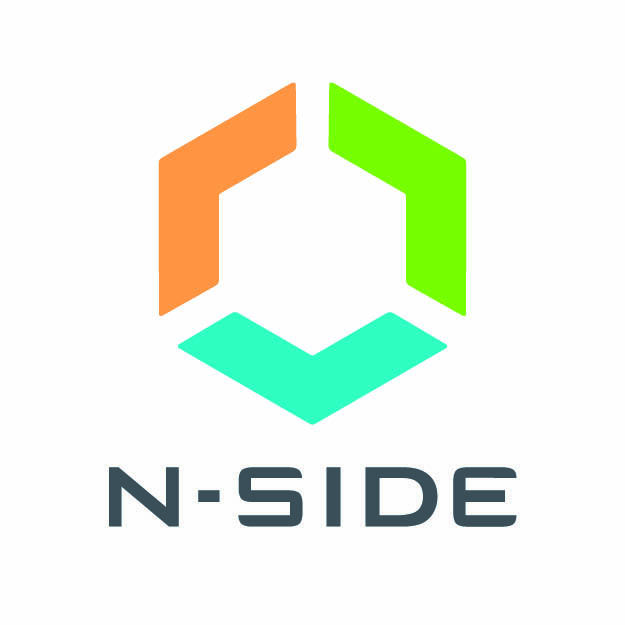Professional Services
Whether your challenge can be solved by our existing products or requires the development of new analytics solutions and market design approaches, our team is ready to help.
N-SIDE provides dynamic risk-based patrolling solutions for National Grid Gas Transmission hydrogen and natural gas assets


With the transition towards net zero and following the UK Hydrogen Strategy plan, the safe operation of an ever more complex network will require new innovative solutions. In a joint project with National Grid Gas Transmission, N-SIDE brings their deep expertise in applied mathematics and AI to create an unbiased data-driven algorithm to optimize patrolling frequencies, based on 3rd party risks. Such a model enables gas transmission operators to manage their assets more efficiently and will be of vital importance in the shift towards hydrogen.
Maintaining integrity and safety of the hydrogen and natural gas high pressure network
National Grid Gas Transmission (NGGT) owns, manages and operates the National Transmission System (NTS), which transports high pressure natural gas around Great Britain via a network of around 7,500km of pipelines.
NGGT is looking for opportunities to improve their asset management and maintenance strategy and more specifically to improve the patrolling activities undertaken along its pipelines. The purpose of these patrols isto ensure both the pipelines’ integrity and safety. Currently scheduled on a weekly basis and using aircrafts and helicopters, the goal is to monitor pipelines and possibly detect and mitigate unannounced third-party works, such as temporary storages, fences, parkings, excavations, drilling & building works, that may harm the pipelines and their operation.
Shifting from static to dynamic risk-based patrolling schedules
The current patrolling scheduling approach is static and strictly follows the patrolling frequency guidelines, however, this approach has some limitations as it doesn’t take into account external factors potentially influencing the occurrence of third-party threats, such as geographic location, seasonal effect, farming intensity, nearby industries, etc.
Multi step approach to go from data towards optimized patrolling schedules
NGGT has selected N-SIDE as their innovation partner to build a step-by-step prediction & planning model that can utilise various information to:
-
Anticipate the risk of events for any set of pipelines over any period of time. The prediction model would estimate the probability of near-future events on a given pipeline, or groups of pipelines with similar features. To do so, both dynamic and static inputs are analysed in a set of parametric & probabilistic models. Data such as past events, geographical parameters, season, use of the land, etc. are used.
-
Identify the impact of any incident on a specific pipeline or pipeline section.
-
Combine probability and impact from steps 1 & 2, to identify the risk for each pipeline section.
-
Use the risk per pipeline section to identify an optimal patrolling frequency. Practical constraints on how pipelines are patrolled by helicopters are taken into account, as well as still respecting the gas pipeline patrolling guidelines and regulation.
This approach can help detect at-risk pipelines faster, by performing targeted patrolling with scarce resources, therefore better mitigating the corresponding risks.
Technology tailored to the specificities of patrolling activities
The technology used by N-SIDE is relying on a combination of classical statistics methods, together with machine learning, both adapted to the specific challenge at hand.
The selected technology takes into account multiple factors to obtain the best results:
-
The technology allows us to combine both information from business experts as well as information from previous historical data.
-
The technical set-up allows for accurate hypothesis testing, which will provide the necessary justification to adjust the patrolling frequency of certain sections in the future.
N-SIDE is very happy to be collaborating with NGGT to further improve the activity of pipeline patrolling. We are looking forward to presenting the results of the applied methodology to the public in around 6 months’ time.











